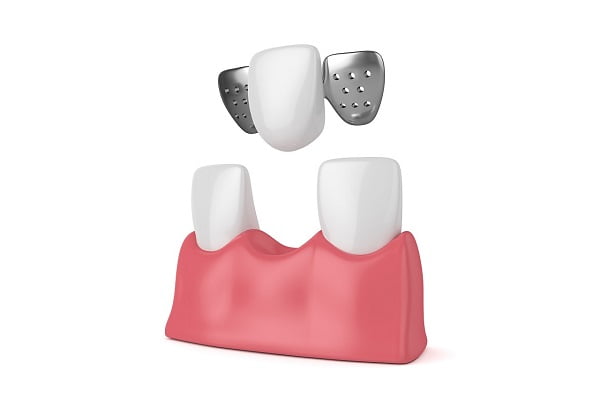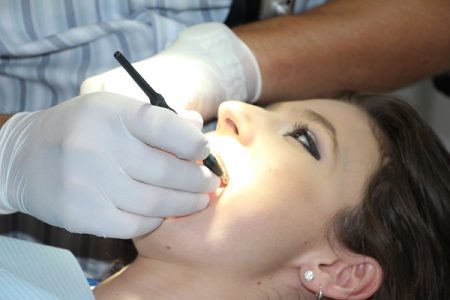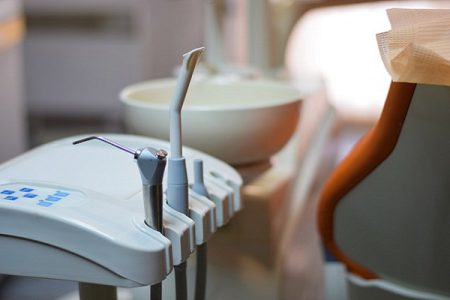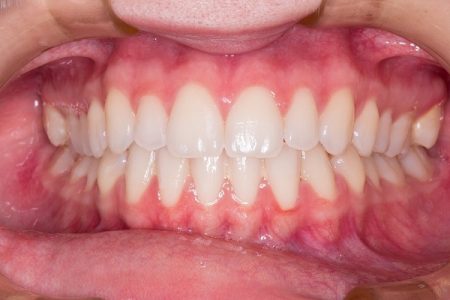
What is an impacted wisdom tooth?
Impacted wisdom teeth are also known as impacted third molars because they are present as third molar sets at the most posterior portion or back (in the dental arch) of the mouth. Wisdom tooth generally erupts during teen age (adolescence) or during initial or early adulthood. In a few people, there can be chances that wisdom tooth may never grow.
What does it mean when your wisdom teeth are impacted?
Impacted wisdom tooth or impacted third molars grow in different angles or sometimes do not erupt completely through the gums. The growth of impacted third molars in different angles is due to lack of space in the mouth i.e. due to jam or blockage by other teeth. This growth may cause impacted wisdom tooth pain or swelling in gums. Impacted wisdom tooth infections are very common which result in gum problems such as periodontitis and tooth decay or cavities. To avoid such complications, removal of impacted wisdom tooth is suggested.
Types of impaction in wisdom tooth
Impaction in wisdom tooth is categorized as partially impacted wisdom tooth or fully impacted wisdom tooth. During partial impaction of wisdom tooth, some of the crown is visible whereas a fully impacted wisdom tooth may never erupt out through the gums. Although, impaction of wisdom tooth may occur in different ways, such as:
- Mesial impaction: Mesial impaction is the most common type of impaction in wisdom tooth where the impacted wisdom tooth is set in such an angle which is too far and faces the front of the mouth.
- Vertical impaction: Although during vertical impaction, the teeth try to come out aligned straight but there is no adequate space to have room for them.
- Horizontal impaction: During horizontal impaction of wisdom tooth, teeth appear (in X-rays) to be lying on the side of other teeth.
- Distal impaction: Distally impacted teeth lie in a slanted form at the back of the mouth.
- Soft tissue impaction: The above portion appears to be jammed under the gum or semi-erupted i.e. the upper portion seems to be a little erupted through the gum during soft tissue impaction.
- Bony impaction: In bony impaction, a major part of the tooth is attached to the bone and a small part sometimes oozes out through the gum. It can be partial (partially trapped in the jaw) and full (completely stuck in jaw) bony impaction.
Impacted wisdom teeth: Symptoms and complications
It is not necessary that impacted wisdom teeth will always show symptoms (known as asymptomatic tooth). The symptoms of wisdom impacted tooth are similar to that of any other tooth impaction. Read about tooth impaction.
Some of the signs or symptoms of an impacted wisdom tooth are:
- Localized pain and stiffness in jaw
- Redness or swelling around the gums (or jaw)
- Tenderness or bleeding of gum tissues (operculum)
- Bad breath and unpleasant taste in mouth
- Difficulty while opening the mouth or while talking or eating
Complications due to impacted wisdom tooth
- Impacted wisdom tooth may cause damage to other teeth leading to structural problems. To create some space for its own-self, the tooth creates a pressure by applying some thrust on the other molars near it. This causes crashing into the roots of the surrounding teeth or crowding of other teeth and this also enhances the risk of infection in that area.
- Sometimes, a fluid filled sac develops in the jawbone which causes infection in the nerves or roots present around it. This sac takes form of a cyst and leads to the removal of the surrounding tissues or teeth supporting bone.
- Partially impacted wisdom teeth have higher risk of tooth decay or dental caries. The reason why this occurs is that the food and bacteria are easily entrapped between the edges of partially erupted tooth and gums and it becomes difficult to completely clean or floss them.
- Due to improper cleaning, impacted wisdom tooth infection or inflammation may occur in the gums resulting in pain. For impacted wisdom tooth pain relief and to reduce swelling or redness, use of ice packs is recommended.
Treatment for Impacted Wisdom Tooth
Impacted wisdom tooth treatment involves removal and extraction or surgery of the tooth. It is often observed that the impacted upper wisdom tooth is easier to remove than lower ones, as the upper wisdom teeth have fused roots which are simple to extort whereas the lower impacted wisdom teeth are likely to be more impacted.
How are impacted wisdom teeth removed?
Before the process of removing an impacted wisdom tooth, its diagnosis and screening is an important aspect. Dentists or oral surgeons first analyze the situation by understanding the symptoms and then recommend an impacted wisdom tooth X-ray. This often helps to understand the severity of the problem.
Diagnosis can be done through an impacted wisdom tooth X-ray as it portraits the exact location and angle of the impacted wisdom tooth. A partial impacted wisdom tooth may look like semi-erupted tooth in the gums whereas a fully impacted wisdom tooth grows inside the gums only. Impacted wisdom tooth X-ray shows clear picture of its presence, its size and position, and also indicates if any damage or infection has occurred in the gums or jawbone. Sometimes, the impacted wisdom teeth may not cause any discomfort but removing them is a better option as they are more susceptible to cavities and gum infections.
Read: How does an impacted wisdom tooth look like?
Impacted wisdom tooth extraction or removal involves a small surgery in which a cut is made to remove the affected tooth. The bone near the tooth may also be removed in some cases and tooth pieces are extracted out. The procedure of impacted wisdom tooth removal depends upon the angle or position of the tooth and the depth of the impaction.
Procedure for impacted wisdom tooth extraction
After impacted tooth X-ray is done, impacted wisdom tooth removal involves the following steps:
- Either local or general anesthesia or sedation is given to the patient before the extraction of wisdom tooth for impacted wisdom tooth pain relief during and a little while after the procedure.
- A cut or incision is created in the mucosa (gums) of the mouth. Infected tooth and jawbone is visible. In some cases, bone of the mandible or maxilla adjacent to the infected tooth is also removed. Now, the tooth is sectioned and extracted out in small pieces.
- Stitches are required to seal the incision. Stitches may dissolve or are removed with time. The empty tooth socket is packed with gauze to prevent excessive bleeding and to enhance the process of healing.
It is preferable to get the process of impacted wisdom tooth extraction be done (if diagnosed) at a younger age for speedy recovery and to avoid excessive pain. Post surgery, for impacted wisdom tooth pain relief, dentists recommends painkillers such as ibuprofen and antibiotics to reduce the risk of infections.
Dentists or oral surgeons also advise avoiding the consumption of crunchy foods or sticky or hard items to prevent impacted wisdom tooth pain.
Impacted wisdom teeth removal cost
The cost or fee for impacted wisdom tooth surgery depends on the classification of the impacted tooth (positioning of the wisdom tooth in the jaw) and the procedure of extraction. Impacted wisdom teeth removal cost will depend on the factors such as level of difficulty involved in the removal of the tooth and total time that will be required in the completion of the procedure.






